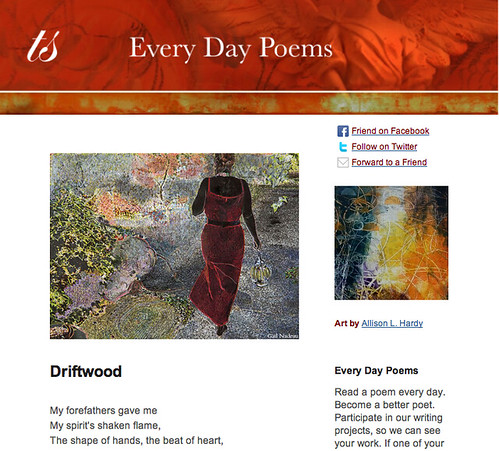I’m likely to date myself here, but when I first worked for a large organization, one of the most important documents one could be given was the organization chart.
The chart made sense of the organization, in this case a large corporation. It demonstrated order, logic, rationality, and control. It provided a compass or map, allowing an employee to navigate the organizational terrain. And it also showed you where you belonged; your box on the chart, and how your group’s chart rolled up the larger chart, signified your place and how you were part of a much larger whole.
How the boxes were positioned on the chart was also important. The higher the box, the higher or more important you were in the organization. A chart, done properly, let everyone in the team group, division, and organization know who fell where. Similar titles could be differentiated by slight differences on the chart (some of this was rather, bizarre, I know). The chart was the physical manifestation of the political pecking order.
People actually had jobs for maintaining organization charts. When you work for an organization with 40, 000 people (my first company), or 82, 000 (my second company), several people could be kept seriously employed keeping all the charts up-to-date.
Like formal poetry, organization charts followed rules, patterns and accepted practice. They had an interior rationale; they made sense for both themselves and the organization. You could look at a chart for wildly different functions – the law department and the maintenance crew for a manufacturing plant, for example – and “read” them with understanding and appreciation.
Then came the 1980s and 1990s; post-modernism wasn’t only something that affected university English departments. Two decades of ongoing corporate upheaval meant that organization charts couldn’t be changed fast enough; as soon as they were updated, they were out of date. The chart makers often found themselves “de-charted, ” reorganized, rationalized and downsized out of existence. Almost overnight, the formal poetry of the organization chart – and the organization the chart represented – gave way to a riot of free verse.
The disappearance of organization charts didn’t negate the hunger for them; employees still needed charts to make sense of the change around them, to the extent that was possible (and it often wasn’t). Paper and then email announcements were a poor substitute for the pages of charts; text could not substitute for the visual representation, and text could hide as much as it communicated. And the announcements came too fast, the changes too widespread, to make sense for any extended period of time.
The organization chart, of course, was an expression of organizational hierarchy, the top-down-industrial-mass-production model that prevailed through most of the 20th century. Today our model is the network, a different kind of poetry altogether, with “nodes” replacing boxes, and pulses of light replacing fixed positions of order.
It makes a kind of sense, this organizational free verse, but many of us remember, and still long for, the time when we knew where responsibility and accountability lay, and was expressed by the formal poetry of the organization chart.
Photograph by Alex//Berlin Sourced via Flickr. Poetry at Work™ post by Glynn Young, author of the novels Dancing Priest and the recently published A Light Shining.
___________
Buy a year of happy work mornings today, just $5.99. In April we’re exploring the theme Dragons and Creatures.
Now you can easily follow our new Poetry at Work posts. Add one of our Poetry at Work badges to your blog or website today!
- “Your Accent! You Can’t Be from New Orleans!” - October 9, 2025
- Poets and Poems: Donna Vorreyer and “Unrivered” - October 7, 2025
- Poet Sidney Lanier and the Lost Cause - October 2, 2025



Martha Orlando says
What a marvelous comparison, Glynn! To this day, I, too, still love poetry which has reason and rhyme. Guess I’m just old-fashioned that way. 🙂
Blessings, my friend!
Maureen Doallas says
Love this: The “formal poetry of the organization chart gave way to a riot of free verse.” So true!
Not sure which would be worse: being put in a box or labeled a node, assuming I were important enough to be noted at all. One of the products I created in my last job in an office was a book of org charts. Incredibly popular. HR needed models apparently. The renegade in me wanted to reproduce those charts to show where the really important workers were.
Charity Singleton Craig says
Glynn – I was curious by the title of this post, and you have made a relic of corporate culture hip and poetic here. I loved the line about post modernism and the English Department. I was one of the casualties of the English Department’s collision with paradigm shifting. I was blissfully unaware how modern I was until I stumbled headlong into deconstructionism and got a woeful mark on an interpretation of a poem. How could I find meaning when nothing was agreed upon? Anyway, enough of that! Thanks for connecting work with poetry in ways I would never think to!
JB Wood says
I am
all for
free verse –
nonsensical
logic flows to
chart my future.
There ya go, Glynn!:)